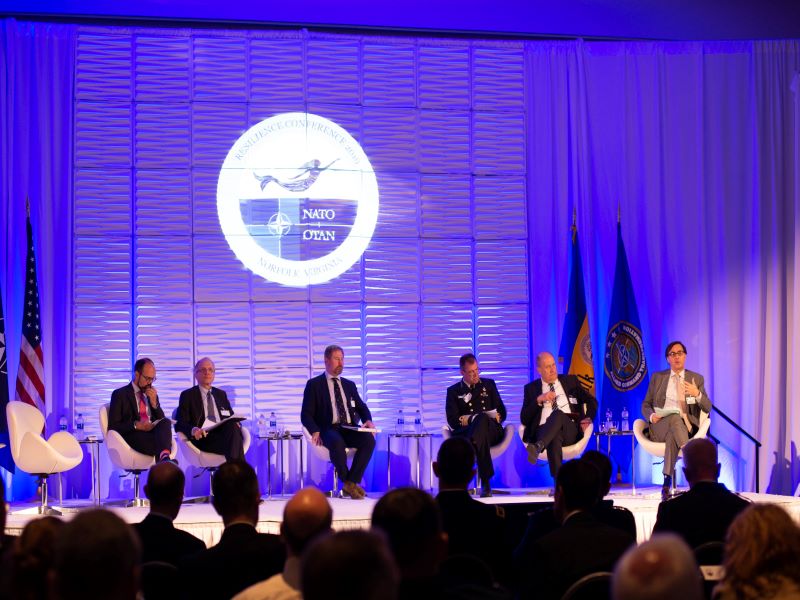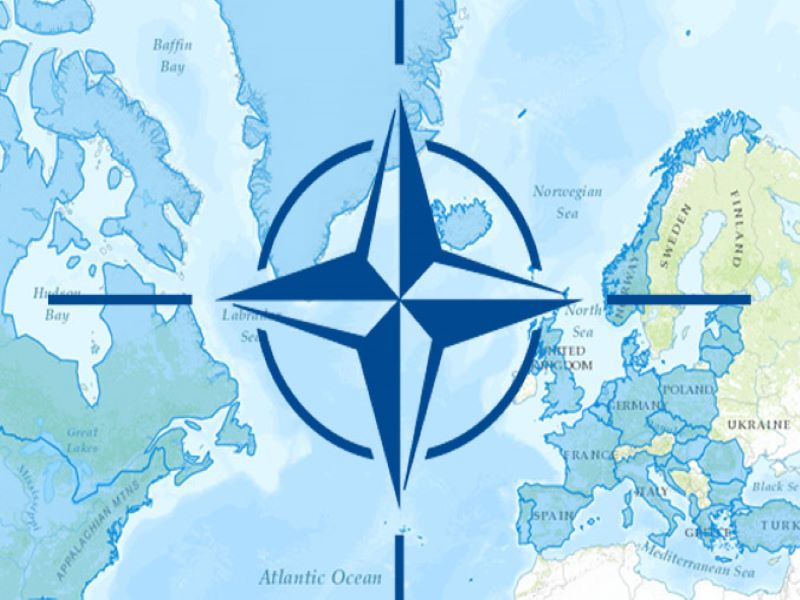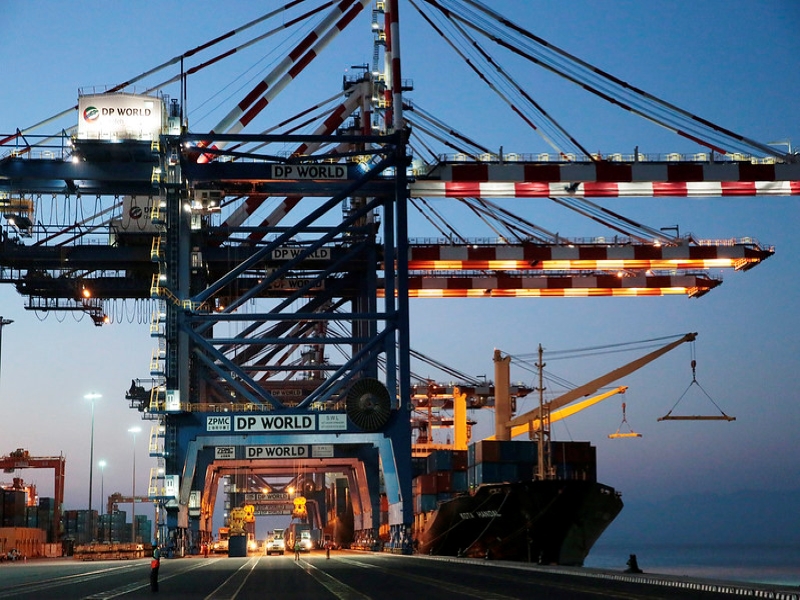Entering into a new era of power politics and rising competition between great powers can be a daunting situation. In particular, the situation in the Indo-Pacific, the focal point of this era’s power contest, illustrates how power politics drives Canadian allies and partners— like the United States, Japan, and Australia—towards a coalition of like-minded states to counter China’s great power rise. Recent events in the region also show how neutral states and regional organizations—ASEAN, Indonesia, Malaysia, Thailand, and Vietnam—are becoming diplomatically and economically closer to China through China’s endeavours to use economic levers and technological soft power politics. Last but not least, for the first time since the Cold War, the regional tensions showcase how two great powers—namely the US and China—are preparing a grand strategy for regional and global leadership.
Chinese hegemonic projection is a leading cause of the heightened contentiousness in the Indo-Pacific. Moreover, China has repeatedly defied the rules-based order in its pursuit to attain its foreign policy goals in the Indo-Pacific. For instance, by interpreting the UN Convention on the Law of the Sea through its own nationalistic understanding of its “historic rights” in the South China Sea, China has unilaterally threatened the region’s territorial sovereignty by advancing its hegemonic claims, enlarging its military footprint and asserting its economic privileges through its artificial “Great Wall of Sand.” China has also accelerated its defiance by increasing its regional geopolitical footprint by enhancing its use of disinformation, foreign interference, cyberattacks and enabling its emerging superiority in technology to strain the region’s rules-based structure. Lastly, the contentiousness of the current tensions in the Indo-Pacific is compounded by the region’s actors not having the resiliency to ward off Chinese primacy.
As the Indo-Pacific’s rules-based structure over economic, political and technological leadership becomes more contested, other autocratic and antagonistic powers such as Russia and Iran—like-minded countries with diplomatic and strategic parallels with China over state sovereignty and territorial integrity—will observe how NATO and its members respond to the contestation of the rules-based order. And like it or not, the rules-based structure that has guided international relations is deeply tied with NATO’s rules, norms, and values enshrined in the Washington Treaty.
Relative to NATO, China—for the foreseeable future—will primarily remain an extra-regional and non-military threat. With that said, China will remain a normative challenger to NATO’s resiliency. Thus, to deter the transatlantic region and its peripheries—particularly that of NATO’s southern flank and Arctic region—from becoming a contentious space, NATO needs to learn from the deepening contesting affairs over norms and rules of the Indo-Pacific caused by cyberattacks and the inability to be resilient to Chinese power. Failure in this observation could result in the Alliance’s redundancy and the breakdown of transatlantic prosperity. To avoid this outcome, NATO needs to collectively refine its ability to be resilient against hybrid threats—mainly economic coercion and cyberattacks.
Luckily for NATO, Article III of the Washington Treaty sets the conditions needed for collective resiliency to what it calls major shocks. However, Article III only combines civil preparedness with the Alliance’s military capacity. This limiting feature is exacerbated by China’s involvement in multiple NATO members’ economies and the Alliance’s inexperience with respect to regulating political-economic issues. Seeing as China has actively exploited its bilateral economic ties to impede cohesion among Indo-Pacific states to counter Chinese belligerent acts—such as massive suppression on Hong Kong’s democracy and possible hostilities against Taiwan—NATO is left in a vulnerable position to offer little to no security against economic coercion if the Alliance’s members speaks or acts against Chinese aggressiveness. This reasoning can also be directed towards NATO’s eastern flank, as Russia will use its energy exporting to undermine collective denouncements of Russian cyberattacks or military incursions on its neighbours.
To address these resiliency issues, NATO is encouraged to collaborate with the European Union (EU) on civilian technologies and economics. This collaboration combines the EU’s legal and financial instruments with NATO’s civilian and military stakeholders to build upon the Alliance’s expertise on pragmatic, practical, and revelatory security and defence issues, along with aligning the region’s political-economic preparedness to the era’s hybrid security threats.
Collaboration with the EU can also extend to new frontiers in science and technology (S&T) seeking dominance in Emerging Disruptive Technologies (EDTs). Success in these areas will reaffirm NATO’s resilience to a rules-based order by offering the Alliance and its members the ability to establish new norms and standards for EDTs incorporation and military use in the transatlantic region and its peripheries. As this suggests, more significant NATO-EU cooperation would amplify the Alliance’s resiliency and generate greater projection for its regional power.
Aside from the ongoing debate around the threat posed by Chinese-owned 5G and telecommunications, NATO’s European members have regularly been targets of cyberattacks originating from China-based hackers. Thus, NATO could further bolster its resiliency by refining Article V’s mutual-defence clause. In 2014, NATO declared that cyberattacks could trigger Article V. But despite repeated cyberattacks from Russia and China, NATO has not reiterated this position. To improve its resilience to cyber threats, NATO needs to outright detail the types of cyberattacks that merit the invocation of Article V, along with advancing a counter-initiative to respond to such hybrid forms of state-centric conflict collectively. Such measures mitigate hesitation and disunity in collectively responding against threats from a state actor and its proxies.
As the era of Chinese technological dominance unfolds, NATO needs to ensure the interoperability of its members’ cyber technologies. Not only will this signal NATO’s resilience in the transatlantic region, but it also makes the interoperability more appealing to its members’ governments and national defence establishments. Resiliency can emerge from declaring attacks on military intellectual, industrial and operational infrastructure, civilian privacy data, commercial, economic, and civilian infrastructure grids, and medical centers as major shocks to NATO’s collective capacity to resist armed attacks. By increasing interoperability and cyber-capacity sharing, the Alliance can reinforce cohesion and better prepare itself for countering China in the transatlantic region—a characteristic that NATO is best suited to achieve compared to the like-minded partners in the Indo-Pacific.
Photo: NATO military leaders at the 2019 Interdependency in Resilience Conference in Norfolk, Virginia (2019), by NATO. Public Domain.
Disclaimer: Any views or opinions expressed in articles are solely those of the authors and do not necessarily represent the views of the NATO Association of Canada.




